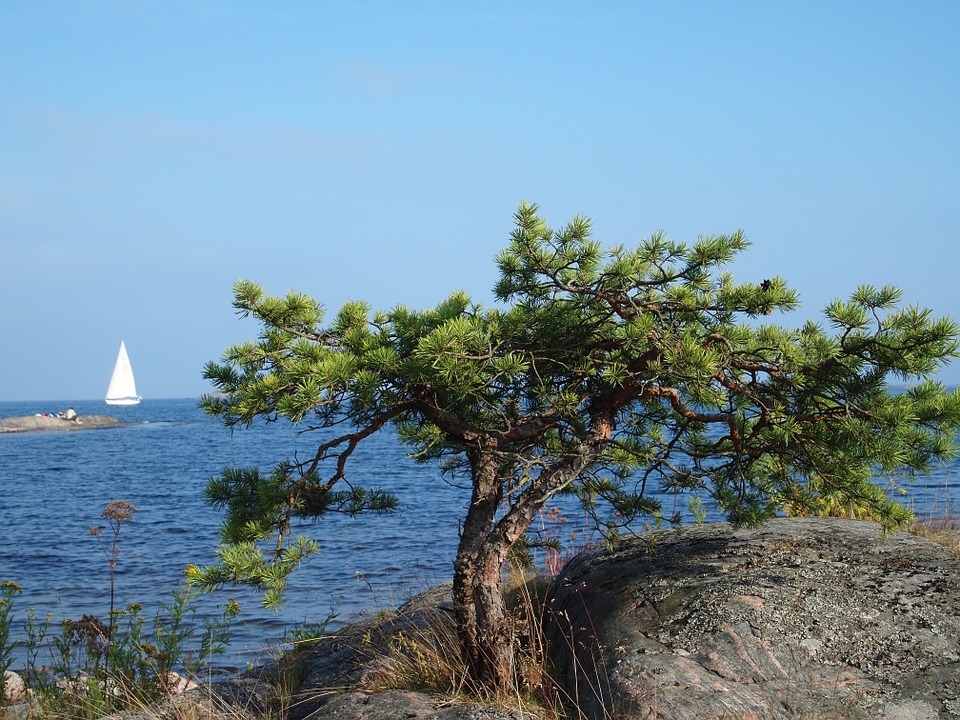Dirk Hattermann (Justus Liebig University Giessen), Markus Bernhardt-Römermann (Friedrich Schiller University Jena), Annette Otte (Justus Liebig University Giessen) and Lutz Eckstein (Karlstad University) recently published the paper “New insights into island vegetation composition and species diversity – Consistent and conditional responses across contrasting insular habitats at the plot-scale” in the scientific journal PLOS ONE.
In the abstract the authors write:

“Most island-ecology studies focus on the properties of entire island communities, thus neglecting species-environment relationships operating at the habitat-level. Habitat-specific variation in the strength and sign of these relationships will conceal patterns observed on the island scale and may preclude a mechanistic interpretation of patterns and processes. Habitat-specific species-environment relationships may also depend on the descriptor of ecological communities. This paper presents a comprehensive plot-based analysis of local vegetation composition and species diversity (species richness and species evenness) of (i) rocky shore, (ii) semi-natural grassland and (iii) coniferous forest habitats in three Baltic archipelagos in Sweden. To identify differences and consistencies between habitats and descriptors, we assessed the relative contributions of the variable-sets “region”, “topography”, “soil morphology”, “soil fertility”, “soil water”, “light availability”, “distance” and “island configuration” on local vegetation composition, species richness and species evenness. We quantified the impact of “management history” on the descriptors of local grassland communities by a newly introduced grazing history index (GHI). Unlike species diversity, changes in vegetation composition were related to most of the variable-sets. The relative contributions of the variable-sets were mostly habitat-specific and strongly contingent on the descriptor involved. Within each habitat, richness and evenness were only partly affected by the same variable-sets, and if so, their relative contribution varied between diversity proxies. Across all habitats, soil variable-sets showed highly consistent effects on vegetation composition and species diversity and contributed most to the variance explained. GHI was a powerful predictor, explaining high proportions of variation in all three descriptors of grassland species communities. The proportion of unexplained variance was habitat-specific, possibly reflecting a community maturity gradient. Our results reveal that species richness alone is an incomplete representation of local species diversity. Finally, we stress the need of including habitat-based approaches when analyzing complex species-environment relationships on islands.”
You can access the paper here.


